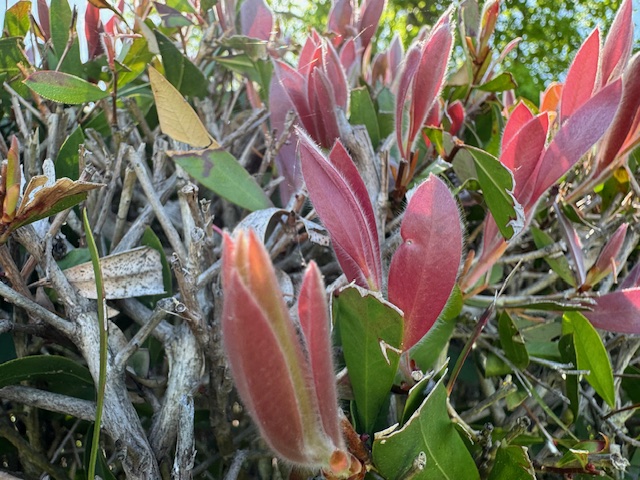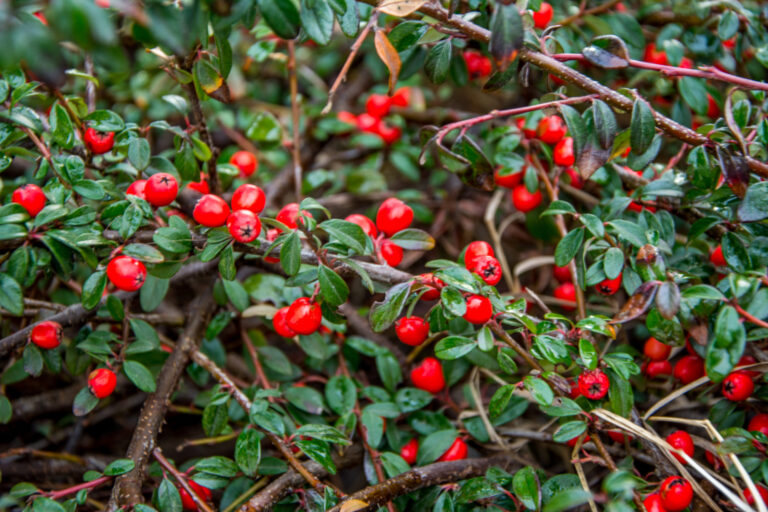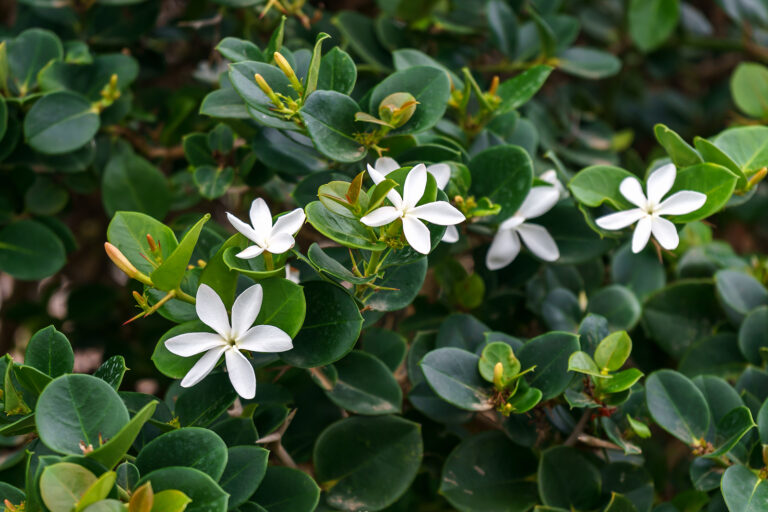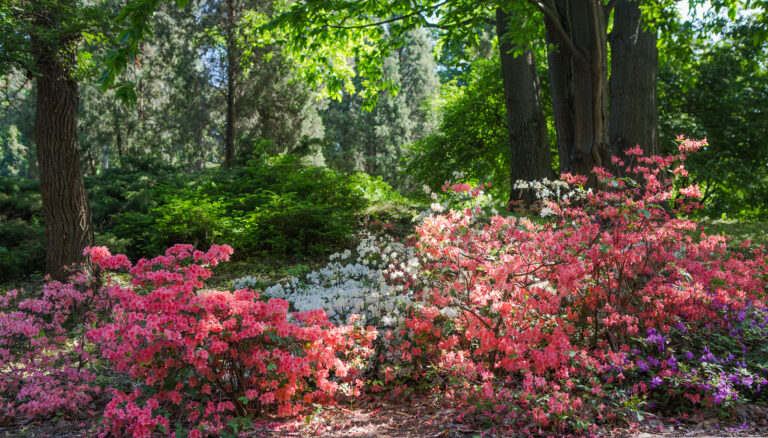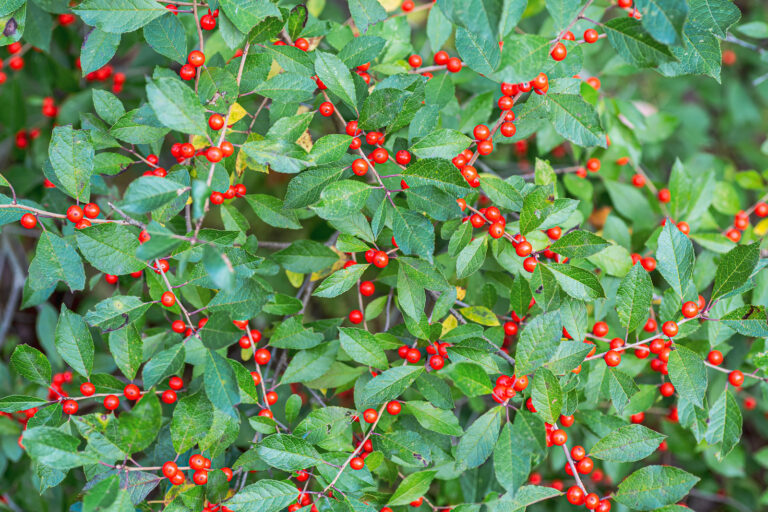How to Plant and Grow Plumeria
Plumeria, commonly known as frangipani, is a tropical flowering plant known for its fragrant, colorful, and waxy blooms. Native to Central America, the Caribbean, and Mexico, plumeria thrives in warm climates and is famous for its use in making Hawaiian leis. The flowers come in a variety of colors, including white, pink, red, yellow, and multiple combinations. Its attractive blooms and sweet fragrance make it a favorite choice for tropical-themed gardens, patios, and even as an indoor plant.
Plumeria typically grows as a small tree or shrub, reaching heights of 15-20 feet when mature. It has thick, succulent-like branches and deciduous leaves that are large and leathery. While it can be grown outdoors in tropical or subtropical regions, it can also thrive indoors as a potted plant in cooler climates.

Selecting a Plumeria Variety
Plumeria has several species, with the two most popular being Plumeria rubra and Plumeria obtusa.
- Plumeria rubra: Known for its colorful flowers, which range from pink to red to yellow. It has pointed leaves and can tolerate slightly cooler temperatures.
- Plumeria obtusa: Often called the Singapore plumeria, it has rounded leaves and white flowers with a yellow center. This species prefers a warmer, more humid environment.
Where to Grow Plumeria
Plumeria thrives best when provided with the following conditions:
- Sunlight: Requires at least 6 hours of direct sunlight daily. For indoor growing, place it near a south or west-facing window where it can get ample light.
- Soil: Prefers well-draining soil. A sandy or cactus potting mix with good drainage is ideal, as plumeria is susceptible to root rot.
- Temperature: Grows well in temperatures between 65°F and 85°F (18°C-30°C). It is not frost-tolerant, so in cooler climates, it must be brought indoors or grown in pots that can be moved.
- Humidity: While it enjoys humid conditions, it can adapt to drier environments.
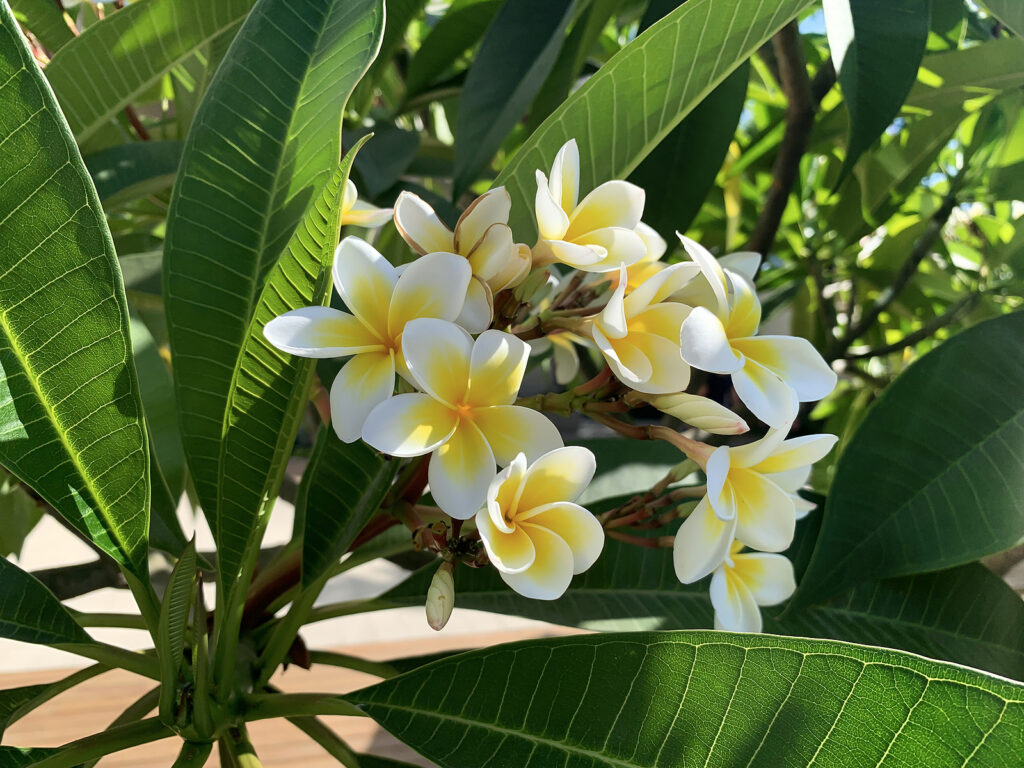
Planting Plumeria Outdoors
- Choose a Sunny Location: Pick a spot in the garden that receives full sun for most of the day. Ensure the soil has good drainage.
- Planting in the Ground:
- Dig a hole twice as wide as the root ball but not deeper than its height.
- Mix the soil with sand or gravel to improve drainage.
- Place the plumeria in the hole, ensuring the root ball is level with the soil surface.
- Backfill with the amended soil and water thoroughly.
- Watering: Water deeply but infrequently, allowing the soil to dry out between waterings. Overwatering can lead to root rot.
Growing Plumeria in Pots
- Select the Right Pot: Use a pot with drainage holes to prevent waterlogging. A pot at least 12 inches in diameter is suitable for young plants.
- Potting Mix: Use a well-draining mix, such as a cactus or succulent potting soil.
- Watering and Feeding:
- Water thoroughly when the top inch of soil is dry. Allow the excess water to drain out.
- Feed every 2-4 weeks during the growing season (spring and summer) with a high-phosphorus fertilizer (e.g., 10-30-10) to promote blooming.
- Winter Care: In cooler regions, bring the plumeria indoors when temperatures drop below 55°F (13°C). Reduce watering and keep it in a sunny spot indoors.
Propagating Plumeria
Plumeria is commonly propagated through cuttings. Here’s how to do it:
- Take a Cutting: In spring or early summer, cut a healthy branch 12-18 inches long.
- Let It Callus: Allow the cutting to dry out for a week in a shaded area. This helps prevent rotting when planted.
- Plant the Cutting:
- Place the cutting in a well-draining potting mix.
- Water sparingly until roots develop (usually within 6-8 weeks).
- Gradually increase watering once new growth appears.
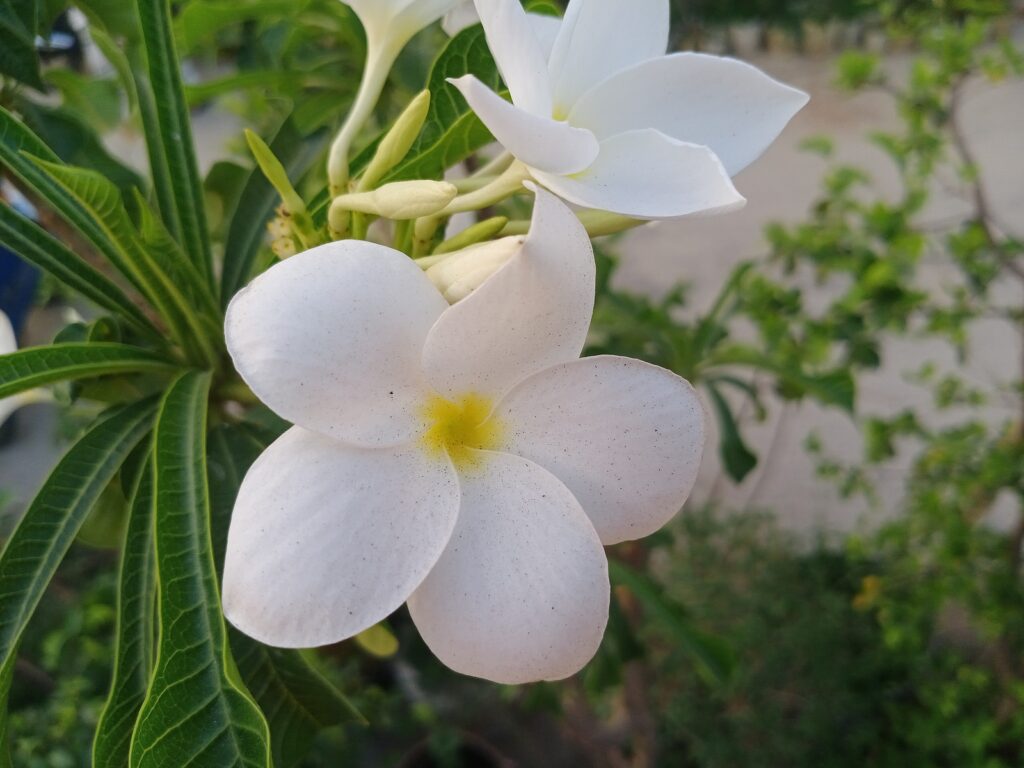
Caring for Plumeria
- Watering: Plumeria likes to be watered deeply but must dry out between waterings. Avoid overwatering, especially during dormancy in the winter.
- Fertilizing: During the growing season, feed with a high-phosphorus fertilizer every 2-4 weeks to encourage flowering. Stop fertilizing in late fall when the plant goes dormant.
- Pruning: Prune in late winter or early spring to maintain shape and remove any dead or damaged branches. Pruning encourages branching and more blooms.
- Pest Control: Common pests include aphids, spider mites, and whiteflies. Treat infestations with insecticidal soap or neem oil.
Using Plumeria in the Garden and Home
- Tropical Gardens: Plumeria is an iconic plant for tropical landscapes, where it can be used as a focal point or planted in groups for a lush, exotic appearance. Combine it with other tropical plants like hibiscus, bird of paradise, or palms.
- Patio Plants: Grown in pots, plumeria can decorate patios and decks. It adds a touch of the tropics and its fragrance can be enjoyed close to seating areas.
- Indoor Plants: When grown indoors, plumeria adds beauty and fragrance to bright rooms. Ensure it gets plenty of sunlight and rotate it periodically for even growth.
- Fragrance and Flower Arrangements: The fragrant flowers can be used in leis, wreaths, or as a garnish for special occasions. They can also be floated in water bowls as a fragrant decoration.
Troubleshooting Common Problems
- Yellowing Leaves: This can occur due to overwatering or nutrient deficiencies. Allow the soil to dry out between waterings, and use a balanced fertilizer.
- Root Rot: Often caused by poor drainage or overwatering. Ensure the soil drains well, and reduce watering frequency.
- No Blooms: If a plumeria isn’t flowering, it may need more sunlight or fertilizer. Make sure it gets full sun and use a high-phosphorus fertilizer during the growing season.
- Pests: Treat aphids, spider mites, or other pests with appropriate insecticidal treatments, such as neem oil.
Summary
Plumeria is a beautiful and versatile plant that can bring a tropical touch to any garden or home. By providing the right growing conditions, proper care, and protection from cold temperatures, you can enjoy its stunning blooms and sweet fragrance. Whether used in outdoor landscapes, on patios, or indoors as a potted plant, plumeria adds a touch of the exotic and can transform any space into a tropical oasis.


